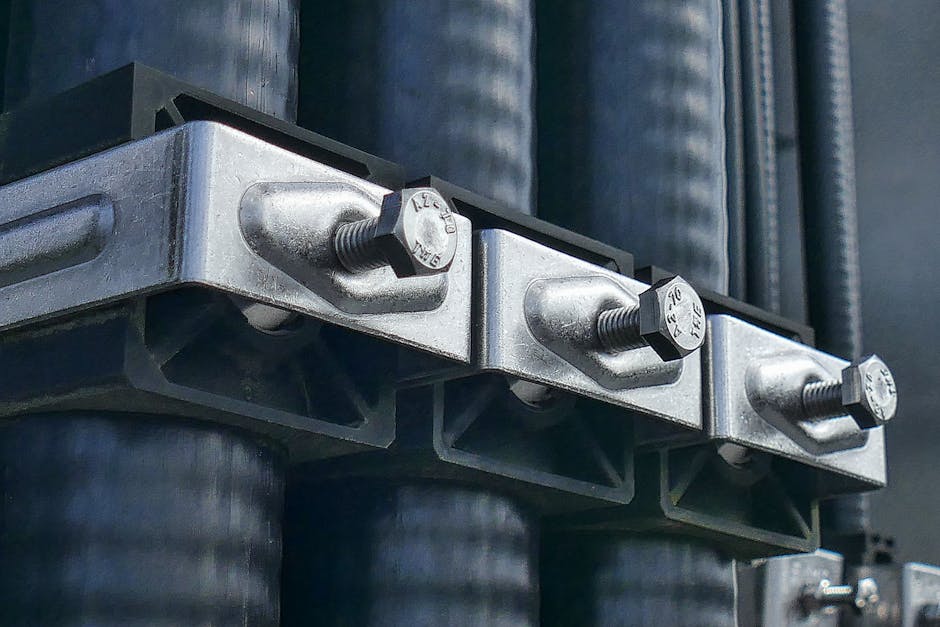 How Screw Conveyors Work in Material Handling
How Screw Conveyors Work in Material Handling
If you are in the field of material handling, you might have come across the term screw conveyor. Screw conveyors are a popular choice when it comes to moving bulk materials from one point to another. In this article, we’ll take a closer look at how screw conveyors work, their types, and applications.
What is a Screw Conveyor?
A screw conveyor is a mechanical device used in material handling systems to move bulk materials from one point to another. It consists of a rotating spiral screw inside a tube or trough. The screw is either solid or hollow, depending on the material being transported, and can be powered by electric motors or hydraulic systems.
Screw conveyors are used for a variety of applications, including food processing, agriculture, mining, and construction. They are preferred over other material handling systems because they are relatively simple, compact, and require minimal maintenance.
How Does a Screw Conveyor Work?
A screw conveyor works by rotating a spiral screw inside a tube or trough. As the screw rotates, it moves the material from one end of the tube to the other. The screw creates a pressure gradient within the tube, causing the material to move in the direction of the screw’s rotation.
The screw’s shape and pitch determine the rate of material flow. An increase in the pitch of the screw results in a higher flow rate, while a decrease in the pitch results in a lower flow rate. The angle of inclination also affects the material flow rate.
Types of Screw Conveyors
There are different types of screw conveyors used in material handling systems. The most common types include:
1. Horizontal Screw Conveyor: This type of conveyor is used to move materials horizontally from one point to another. It is commonly used in food processing and agricultural industries.
2. Inclined Screw Conveyor: This type of conveyor is used to move materials at an angle. It is commonly used in mining and construction industries.
3. Vertical Screw Conveyor: This type of conveyor is used to move materials vertically. It is commonly used in food processing and agricultural industries.
4. Shaftless Screw Conveyor: This type of conveyor does not have a central shaft. It is used to move materials that are sticky or viscous.
Applications of Screw Conveyors
Screw conveyors are widely used in material handling systems for various applications. Some of the common applications include:
1. Food Processing: Screw conveyors are used to move ingredients and finished products in food processing plants.
2. Agriculture: Screw conveyors are used to move grains, seeds, and other agricultural products.
3. Mining: Screw conveyors are used to move ores, coal, and other minerals in mining operations.
4. Construction: Screw conveyors are used to move cement, gravel, and other construction materials.
5. Waste Management: Screw conveyors are used to move waste materials in recycling plants.
Advantages of Screw Conveyors
Screw conveyors offer several advantages over other material handling systems. These include:
1. Versatility: Screw conveyors can be used to move a wide range of materials, from fine powders to large grains.
2. Efficiency: Screw conveyors are efficient in moving materials over short to medium distances.
3. Low Maintenance: Screw conveyors require minimal maintenance and can operate for long periods without interruption.
4. Compact Design: Screw conveyors have a small footprint and can be installed in tight spaces.
Conclusion
Screw conveyors are a popular choice in material handling systems due to their versatility, efficiency, and low maintenance requirements. They can be used to move a wide range of materials in various industries, from food processing to construction. The type of screw conveyor used depends on the application and the material being transported. If you are looking for a reliable material handling solution, consider using a screw conveyor.